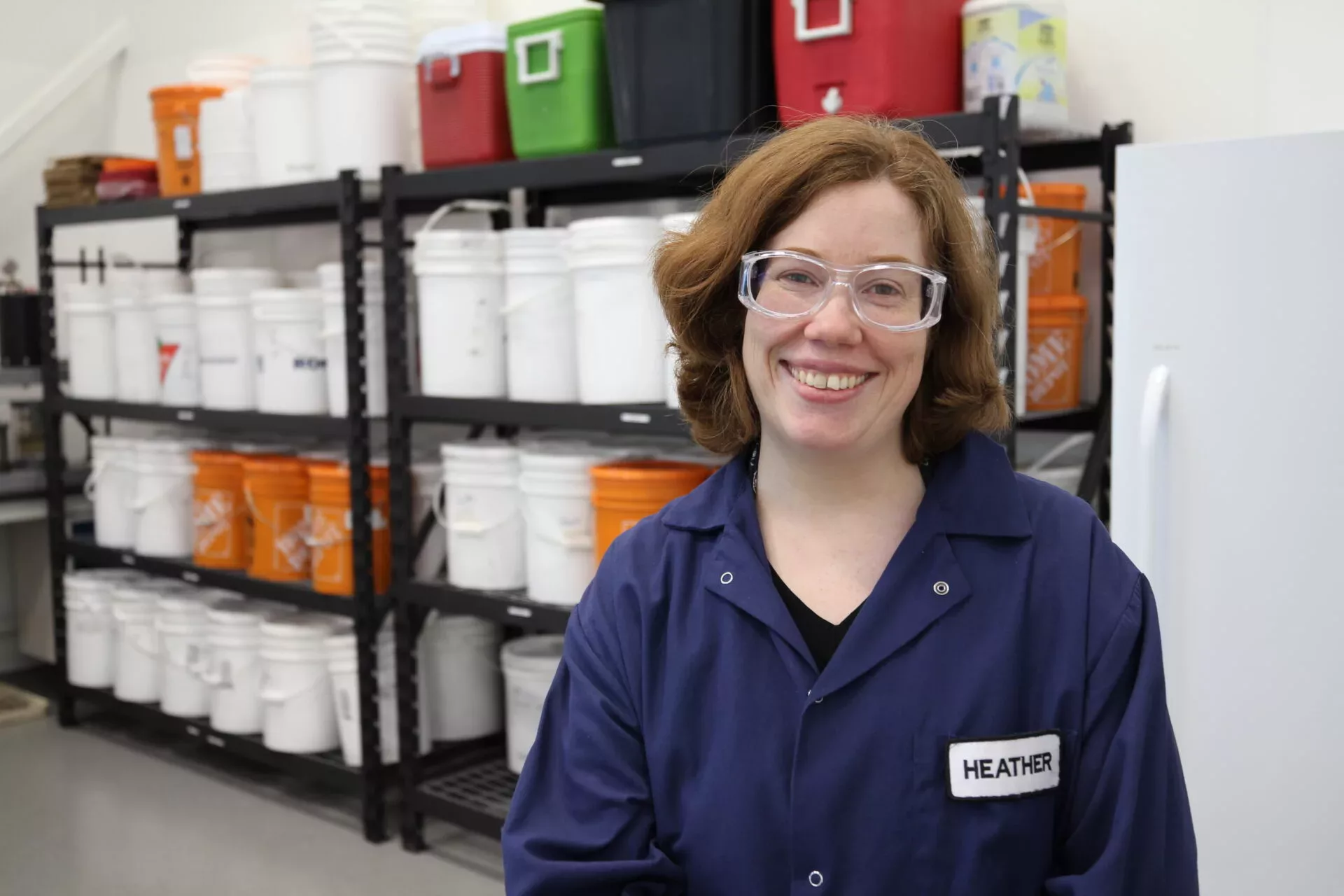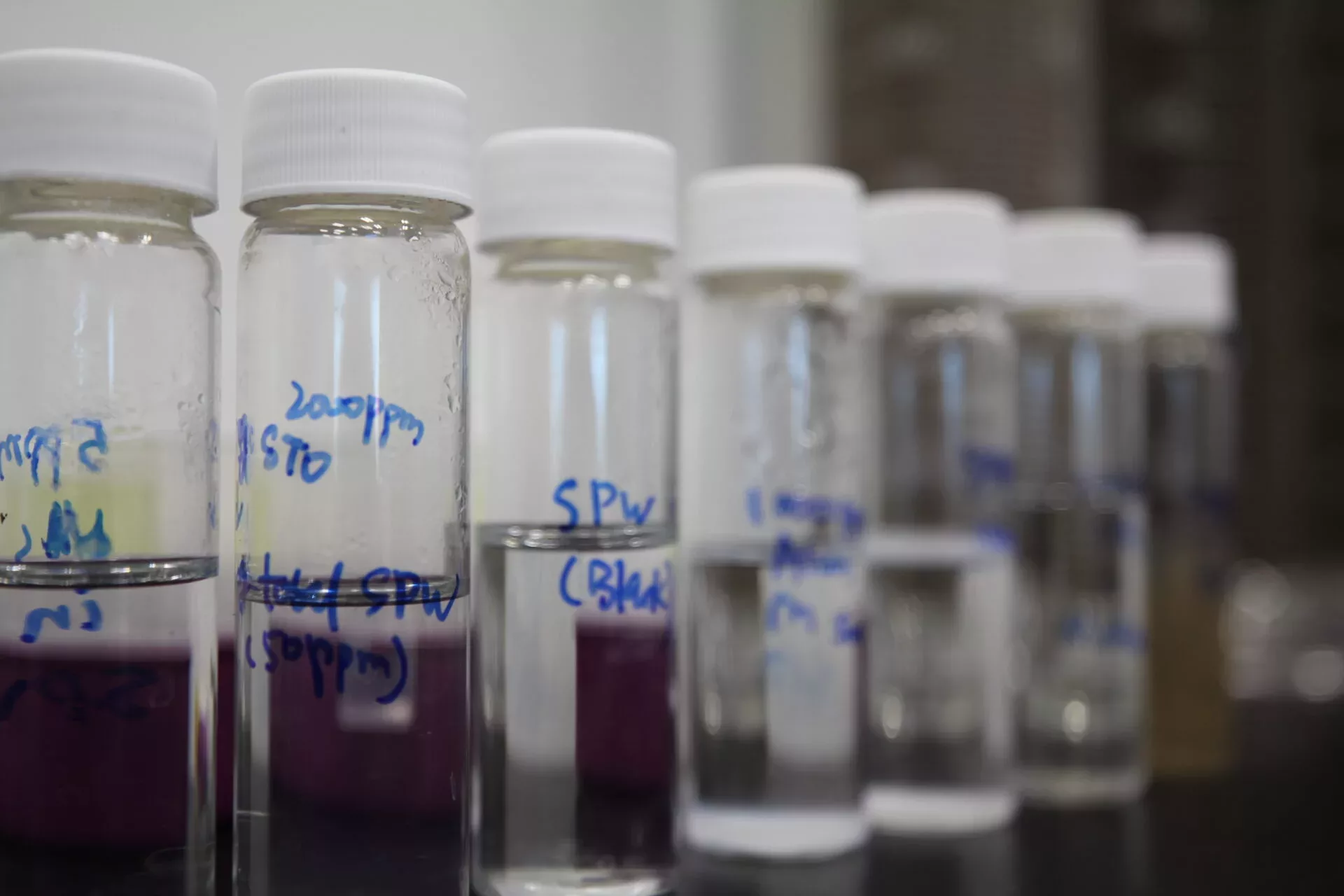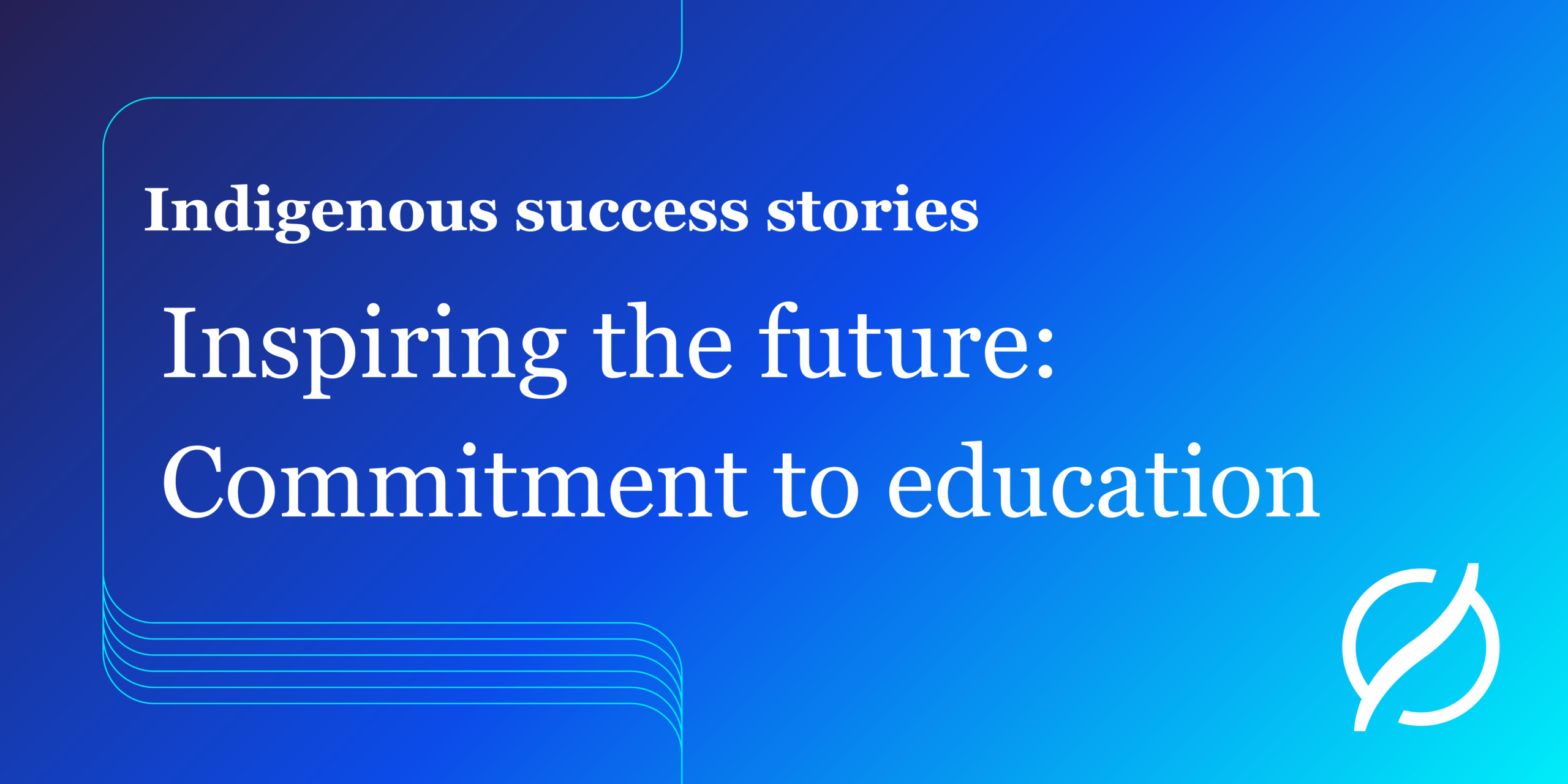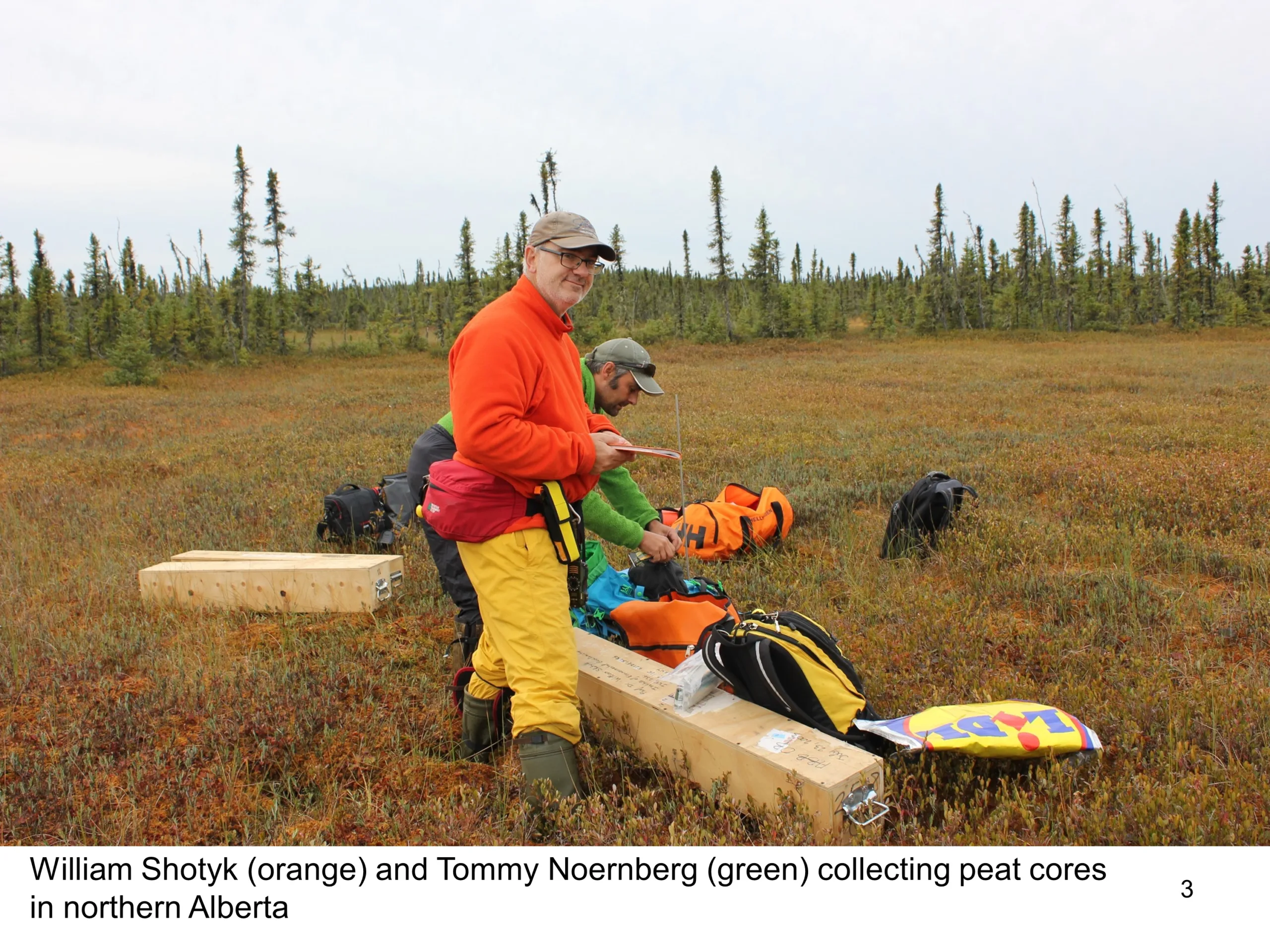Treating Tailings

Efforts by Canada’s oil sands industry to lessen its environmental footprint have resulted in globally significant work to reduce impacts to air, water and land and support biodiversity in Alberta’s boreal forest.
The industry aspires to be a world leader in environmental management.
Here’s one example of the work underway by Pathways Alliance companies: treating tailings.

Clay poses perplexing challenge
Heather Kaminsky has a passion for clay and a professional goal of solving one of the most complex challenges in oil sands mining. A materials engineer, Kaminsky is the NSERC Industrial Research Chair for Colleges (IRCC) in Oil Sands Tailings Management at the Northern Alberta Institute of Technology (NAIT). COSIA, the innovation arm of the Pathways Alliance, is one of the research partners. “By 2030, I want us to have a common solution for managing clay in tailings. I do think it’s possible to achieve it in that timeframe,” she says.
This knowledge will help industry improve the environmental performance of the energy that Canadians use every day and could potentially have worldwide application. “Tailings management is a challenge in many mining industries globally,” Kaminsky adds.
Clay is a problematic component in fluid fine tailings – the clay and sand materials mixed with water that remain after oil sands mining. This mix is stored in tailings ponds where the clay and sand settle over time, while water rises to the surface. Most of the water is then recycled back into the extraction process.
Collaboration key
Kaminsky works with colleagues at NAIT and in industry to improve environmental sustainability in the oil sands through research and by testing innovative ideas and putting them into practice. “It’s so important to bring different people with different perspectives to the table to find solutions,” she says.
The end goal with tailings is to remove enough water and leftover minerals so that it becomes solid enough to support land reclamation. However, clay by its nature slows down the separation of solids from water and prevents tailings from consolidating quickly – often by years. Industry is looking for innovative ways to speed up this consolidation process so it can reclaim land faster and restore disturbed sites to a natural habitat sooner.
Pathways Alliance member companies have partnered with NAIT to develop solutions to address these types of challenges. “The consistency of fluid fine tailings in the tailings pond is comparable to chocolate milk,” Kaminsky explains. “Right now, commercially available technology and processes can get them to the consistency of chocolate pudding, but that’s usually not good enough for land reclamation purposes. We need to get them to chocolate bar consistency.”
Kaminsky’s work fills an important gap in industry’s understanding of tailings management by developing a better way to measure consolidation. “We’re all using different yardsticks,” she says. “From a technical perspective, what constitutes ‘good’? We need to agree on a common benchmark and common tools.”
Learn more about the efforts of Pathways Alliance members to advance responsible development of the oil sands industry.


